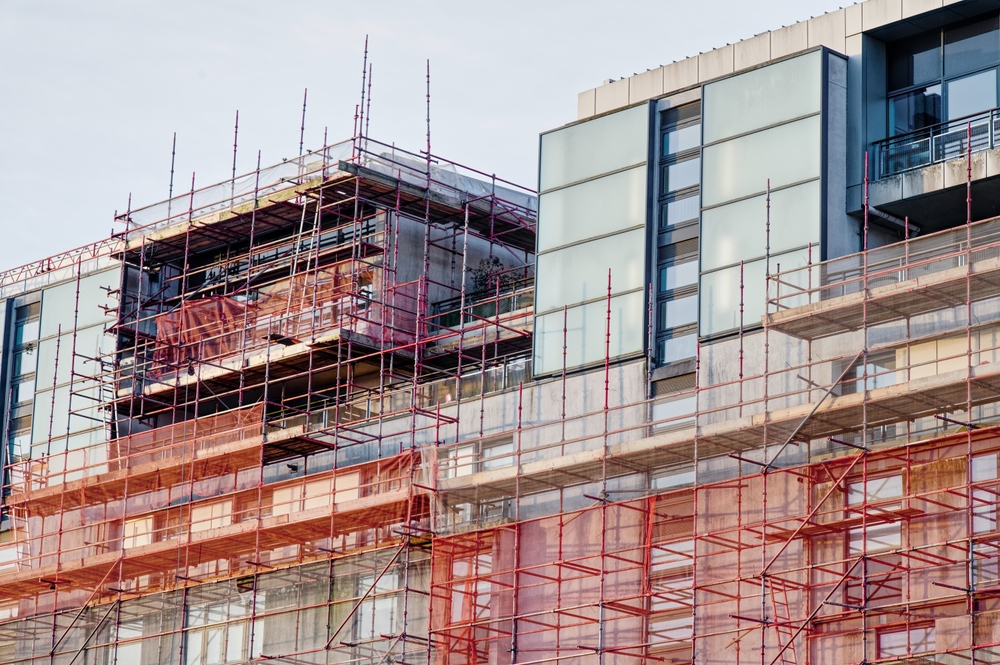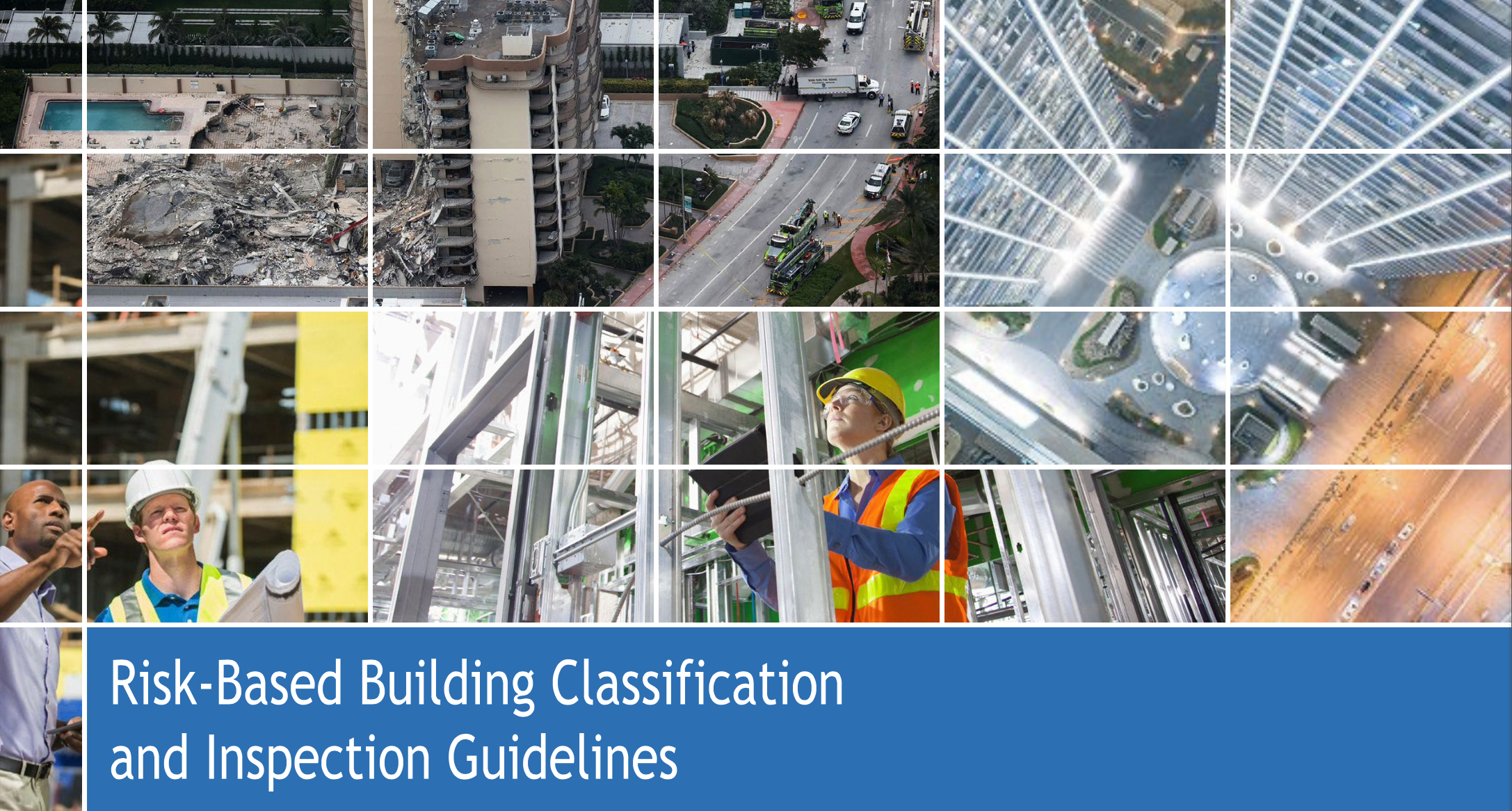Ideas on how to redesign Victorian building regulation to improve apartment and strata community building.

‘New apartments full of flaws’ was the front page of the Age newspaper feature on Sunday the 19th of April.
When one of the writers was checking out groceries on that day, he had purchased the Sunday Age and the counter teller noticed the heading and opined
‘that’s me, I’ve got a one bedder, its full of mould, hear my cough I`ve gotta get out of there’.
No six degrees of separation here, nor were there 6 degrees of separation when one of the writers` late mothers was duped into purchasing a leaky one bedder in Auckland NZ, that when sold, was sold at a heavily reduced price.
Melissa Cunningham the Age City reporter stated that “up to 60 per cent of the new apartments in Australia are riddled with construction flaws including cracked foundations, leaks, balcony defects and flammable cladding”…..there has been an explosion in owners being stung directly with bills totalling tens of thousands of dollars to fix faults for urgent maintenance works after purchasing their apartment, leaving some on the brink of financial ruin”.
The exclusive made for pretty grim reading and drew attention to figures from ‘the state government show about 90 buildings in Victoria deemed extreme or high-risk still have their dangerous combustible cladding five years after the state government promised to make the buildings safe via a $600million dollar fix”.
One commentator said that it`s not enough money. It may not be, but giving credit where it is due, very few countries let alone jurisdictions internationally created a state fund for remediation.
The article provided instances of serious water condensation problems which isn’t surprising, in our law firm we definitely have noticed an ‘up tick’ in leaky building claims and about 40 per cent of one of our lawyer`s practices comprises water ingress and water damage claim resolution.
How can building regulatory architecture be redesigned to ameliorate the risk of building defects in the future particularly on such an ostensibly grand scale?
The question might be singular but the answers are not. The challenge has to be confronted a number of ways and legislative amendment will be required.
The below diagram identifies 9 key pillars of best practice building control. Kim Lovegrove said ‘one can’t approach building law reform one dimensionally, good practice building law is multifaceted and every component of the puzzle has to be woven into the fabric of that which can be heralded as fit for purpose best practice building control ecology’.

Regard should also be had to international good practice. In this regard some of the practices in Canada, China and Japan may be instructive. Why reinvent the wheel when there is a reservoir of tried and true solutions elsewhere on the globe.
Canada – Building envelope specialists
Canada in the nineties suffered the leaky condo crises, and billions of dollars were spent on leaky building remediation. One of the challenges was dealing with condensation in adverse winter temperature controlled heating conditions designed for freezing conditions. Another cause was mid-nineties architecture inspired by American arid region design that was ill-suited to high precipitation climates. The culmination was a leaking building maelstrom that cost billions although not as disastrous as that encountered in NZ.
In the aftermath, a new class of building practitioner, the building envelope specialist came into being to inspect and sign off building envelopes prior to issue of an occupancy permit.
Recommendation
Prescribe a new class of building practitioner, an envelope specialist and accredit persons that have a demonstrable expertise in this field. Have regard to Canadian qualification criteria.
The Crown to sign off on high rise residential
Consider the establishment of a Crown agency that signs off high risk buildings such as high rise residential. High rise residentials in light of the number of occupants, the complexity of design and build and the potential for significant prejudice to life and limb is special case. The Japanese recognise this and have done something about it.
It needs to be recognised that there must be a very well-resourced inspectorial intervention capability for this paradigm that is not constrained by a fixed price building surveyor retainer budget, to ensure that the greatest care can be brought to bear.
Recommendation

Have regard to the Japanese example. High rise residential apartments should be signed off by the Crown as the Crown will have the resources to go ‘right weight’ on inspectorial dexterity and resourcing.
Adopt a risk based building classification and calibrated mandated inspection regime.

This is in keeping with international best practice and some of the best thinking on the planet now can be derived by having regard to the IBQC guidelines.
A robust building inspection regime is paramount and it is these writers` contention that if one can get the inspection regime right giant strides can be made in risk reduction and defect elimination. But it will take more than the intervention of building surveyors, it will also involve a much higher level of legislated independent review by very capable specialist building practitioners at key construction stage junctures.
The one size fits all approach should be looked at
In Victoria there is currently ‘a one size fits all approach’ to building inspections regardless of the risk profile or complexity of the building or the codified classification.
So a farm barn requires the same number of mandated building inspections as a sixty story building. Now before one judges this regime harshly note that Victoria is the only jurisdiction in the country that has articulated a reasonably enhanced good practice mandatory inspection regime and for this is to be commended.
But best practice is to correlate the number of inspection interventions with the risk profile and banding of the building.
The IBQC guidelines do this;
- Low risk/potential codified building classifications require a minimal number of mandated inspectorial interventions
- High risk classifications require the highest number of interventions.
- Medium level classifications require more than low and less than higher inspectorial interventions.
To reiterate it’s all in the IBQC guidelines so if you are interested and haven’t already had a look at them then check them out as they won`t take long to read.
The rationale for this approach is compelling, finite inspectorial resources are applied to the buildings that pose the greatest risk. For higher risk buildings mandatory peer review interventions are required.
The one size fits all approach will not solve the problem as there is an underweight inspectorial regime for medium to higher potential consequence risk bands.
Recommendation
Adopt a risk based building inspection regime that is calibrated with a risk based building code classification regime.
Problem
The NCC may have to be reworked to better marry its building classification criteria with a risk based code regime. The VBA can however lobby for this as it has a seat on the ABCB board. There is plenty of useful precedent as Europe has had a risk based building standard since the early nineties and the IBQC applied that logic to its latest guidelines.
In the interim the Act could be amended to siphon out the higher risk bands and calibrate mandatory inspections with same.
So one would have a higher number of mandated inspectorial interventions for the likes of class 2 (apartment buildings) and 5 (office buildings) buildings.
A final joint inspection protocol
In China complex and high utility buildings are subjected to a final joint inspection protocol.
When the building is completed the contractor notifies the local authority and a joint inspection is convened.
Key actors are required to participate in the inspection, the actors typically comprise:-
- the project architect
- the quality assurance engineers
- the head contractor
- the key engineers responsible for fire, electrical and mechanical sign off and commissioning
- and the building official
It is a peer review inspection, is transparent and there is not really anywhere to hide.
One of our team when he was with the World Bank in a law reform capacity in China was shown through the Shanghai Tower by a guide. The WB team was informed that between the first inspection and the final inspection there was a period of 18 months before the equivalent of an occupancy permit was issued.
The key take out was that there was a very rigorous inspection and peer review process before the building officials were satisfied that the building could be signed off.
Recommendation
The Chinese approach to signing off complex buildings is instructive as is the example of what happened with the Shanghai Tower.
Consideration could be given to amending the Building Act to require a joint inspection for the likes of classes 2 and 5 buildings where:-
- the builder
- the architect
- the engineers
- and the relevant building surveyor
all front up, together and review the commissioning, reconcile the drawings with the as built and then sign off compliance certificates that verify that which they built, designed or inspected is fit for purpose and in accordance with the NCC.
Conclusion
This is not an exhaustive list of recommendations and regard should always be had to the 9 point holistic diagram above and the IBQC Principles for Good Practice Building Regulation . This point is made because best practice building regulation is multi-faceted and for fear of overusing the word, it must be holistic. It is about a totality rather than a collection of unintegrated subsets in the design; where reverence is afforded to a number of key public safety imperatives that are in keeping with best practice building regulatory architecture.
This piece was prepared by members of the Lovegrove and Cotton team. For any enquiries about the article contact Tsigereda Lovegrove, a construction Lawyer and practice manager at Lovegrove and Cotton. She is the secretary of the IBQC dispute resolution coalition and is on the HIA membership committee. This paper was prepared with the assistance of some in this practice that have been involved in building regulatory law reform on and off shore.
Related Articles
Disclaimer
This article is not legal advice rather a discussion of the topic in only general terms. Should you be in need of legal advice, please contact a construction law firm. Lovegrove & Cotton Lawyers and our experienced team will assist you based on the facts and circumstances of your case.
